Dublin: 18th in our ranking

Around 17% of Dublin’s residents are foreign nationals, usually from other European countries. The quality of life they enjoy is good and, with a job in the city, they can afford the high cost of living.
Our respondents highlighted Dublin’s presence in a number of specific categories, such as the leisure offer and sustainability.
Dublin is the capital of Ireland and a place full of history and tradition that arouses passions. Founded by Vikings, it is a city where you can enjoy a full life full of contrasts and which is attracting increasing international interest. It is also the most cosmopolitan place to be found anywhere in the nation.
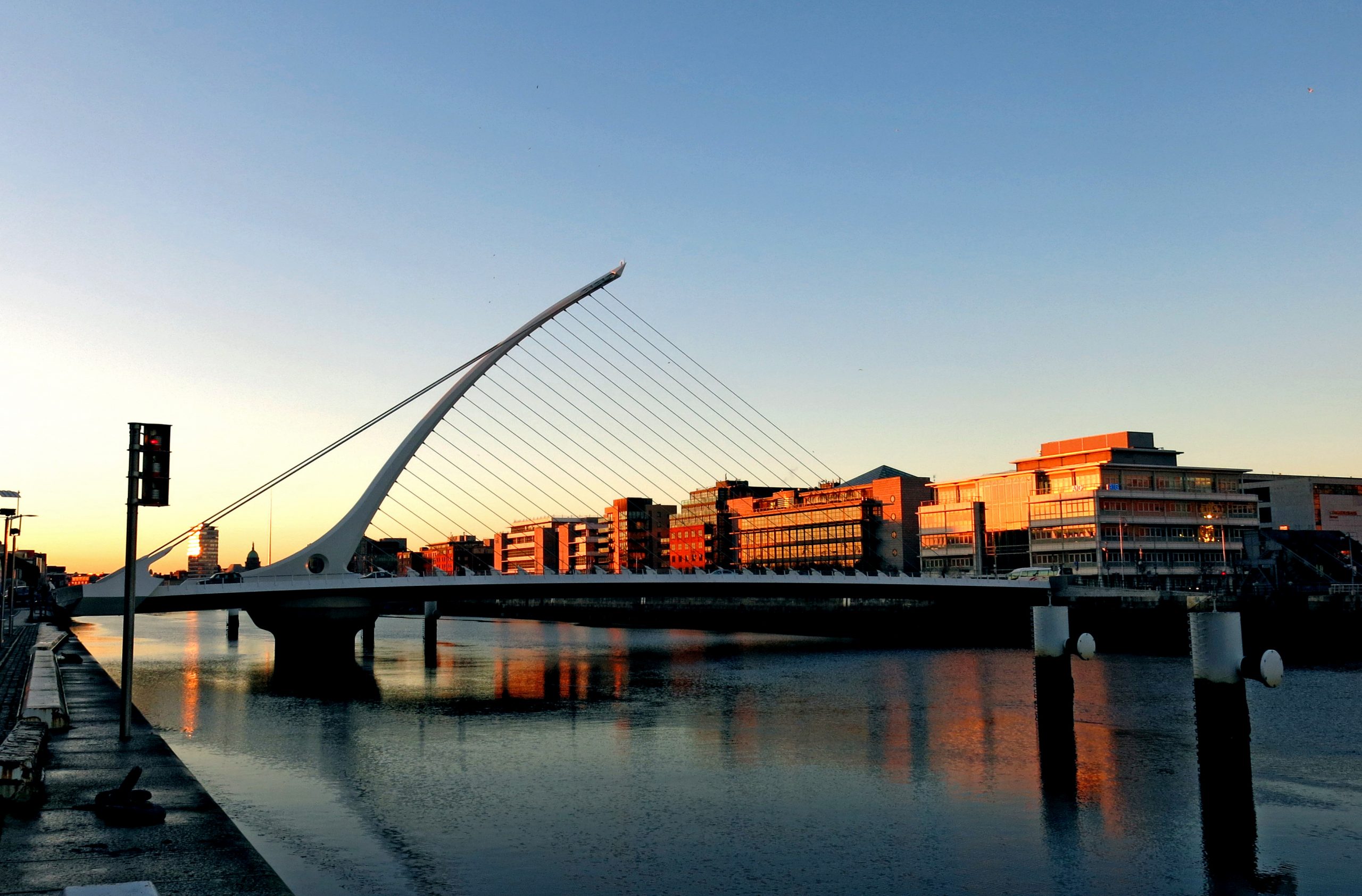
Rain is present throughout the year, so you should always count on it and never rely on multi-day forecasts. This is the major handicap mentioned by respondents. On the other hand, winters are cold, but not in an extreme way, and can be endured well on days when there are no strong winds.
Summer is characterised by moderate heat that is easy to overcome with appropriate clothing. In fact, the perception of those surveyed places it in ninth place in terms of the top climate.
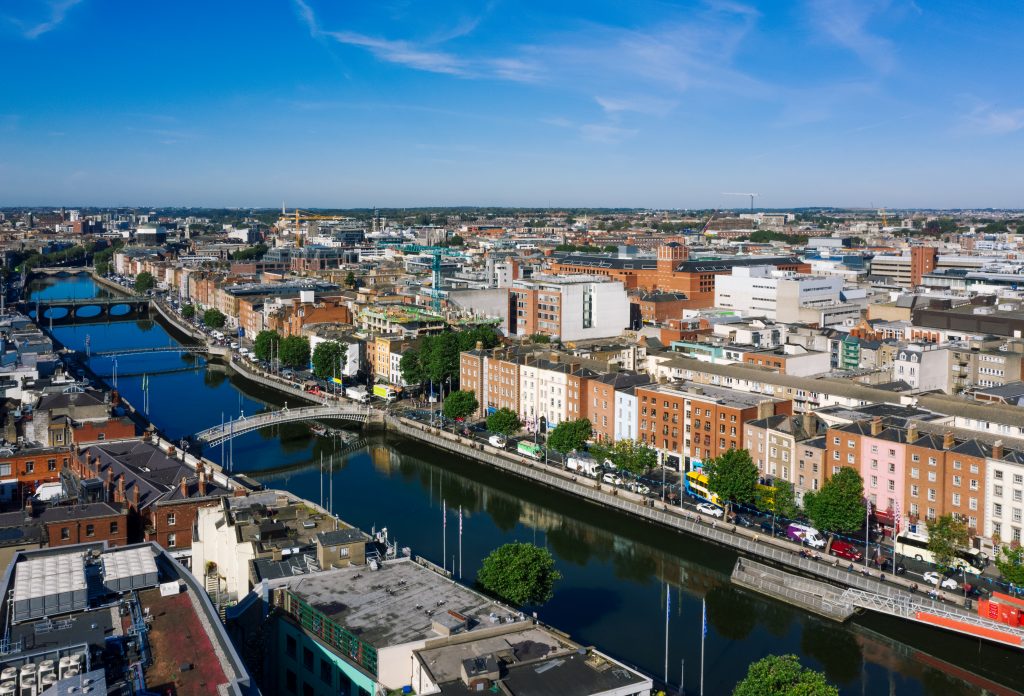
The responses collected show reluctance about the transport system and, above all, about finding the right combination to get to work. In general, the tram is mentioned as the most practical option, although there are only two lines. Again, the possibilities become narrow.
The bus is more highly rated as it covers a greater volume of space and distance, although the vehicles are not very modern and generally give the impression of a service in need of refurbishment. In parallel, there are also trains and cycling is ideal for short distances.
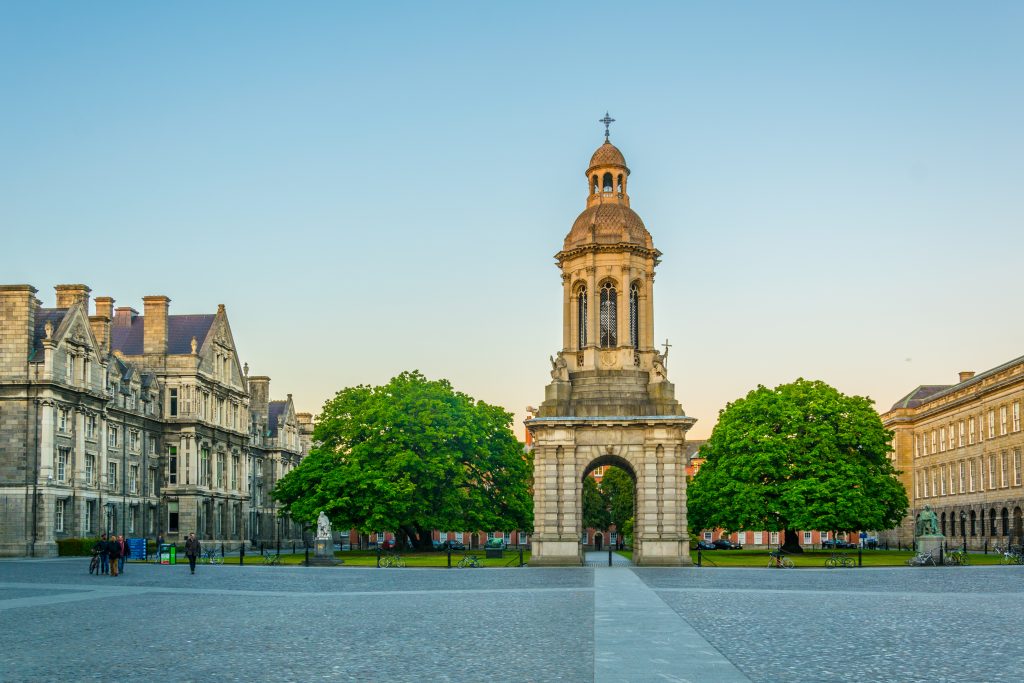
There are a number of major universities and Dublin University stands out as being in the middle of the city centre. The National University of Ireland and Dublin City University are also good places to study.
International schools include St Kilian’s Deutsche Schule Dublin, Lycée français d’Irlande and Nord Anglia Intl School Dublin.
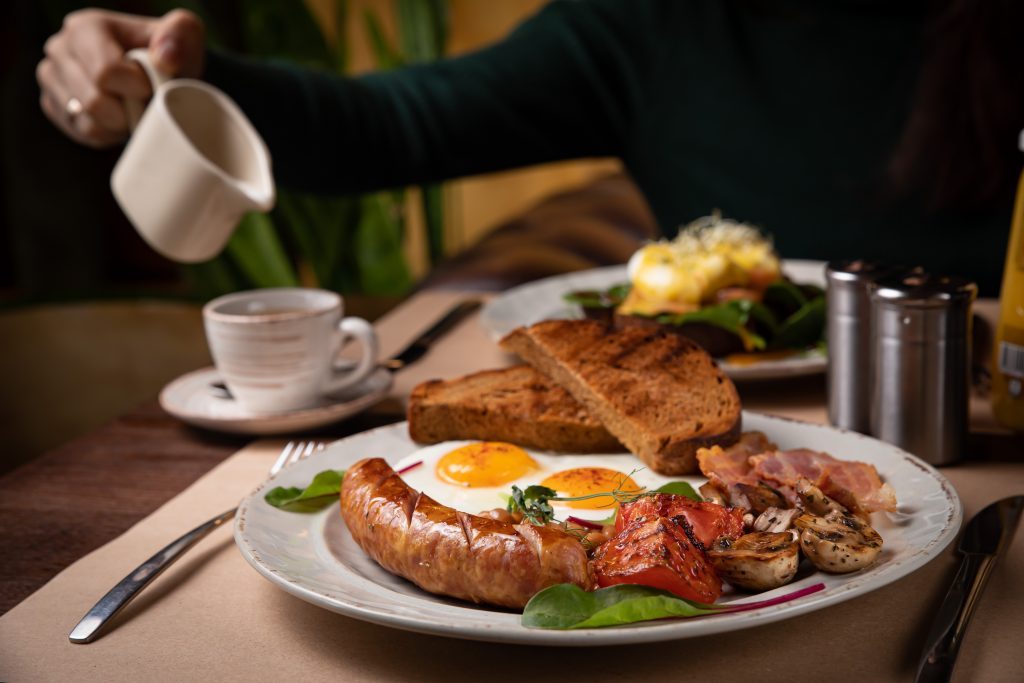
Many of Dublin’s most consumed and mentioned recipes are inspired by British flavours, but enhanced with purely Irish touches. Surveys have highlighted jacked potatoes, cottage pie or their version of fish and chips, which are a staple on the streets. Potatoes, in general, have a strong presence.
A gastronomic element with great penetration in Dublin is the typical Irish breakfast, which includes a lot of energy, with sausage, egg, beans and other ingredients.
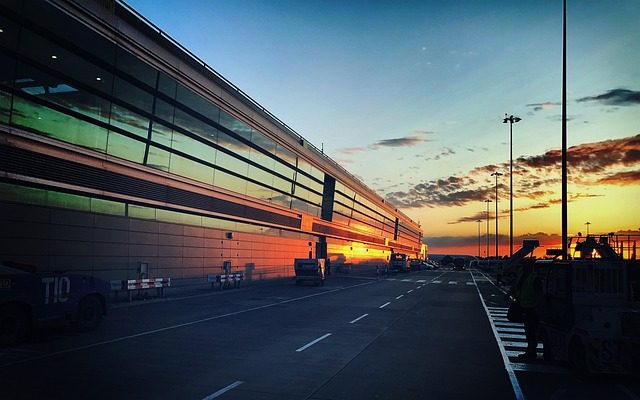
The distance to the airport from Dublin city centre is only just over 10 minutes, which is well appreciated. The airport concentrates more on domestic than international travel, although it still has direct connections to Hong Kong, Canada and a few other places such as the United States.
Dublin has strong international links with European countries and four sister cities: Barcelona, San Jose, Liverpool and Beijing.
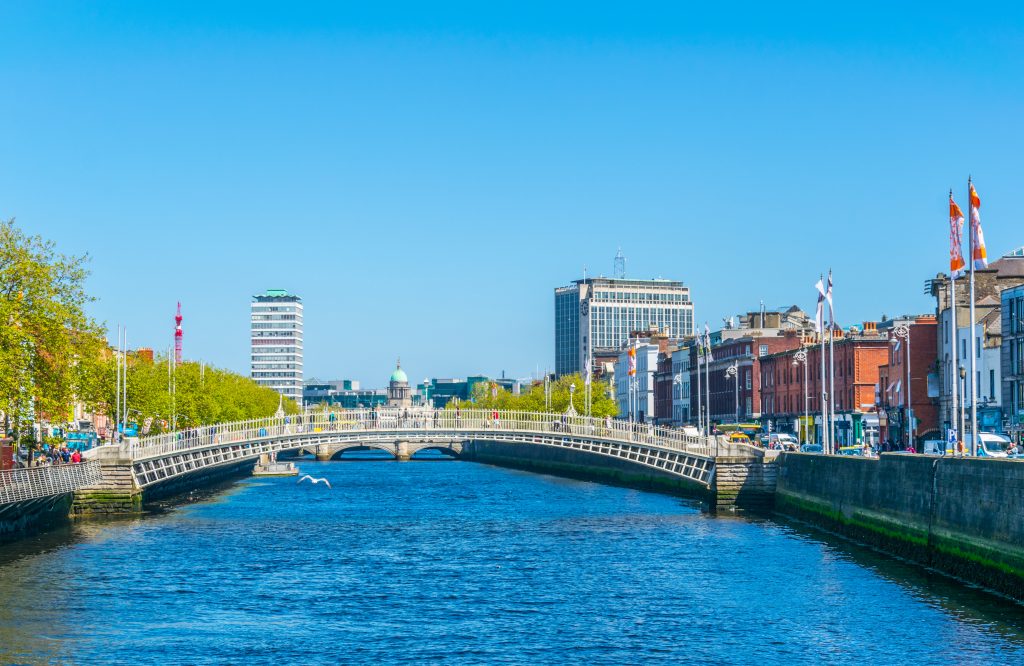
Ireland is at a medium European level and is rated as such by those surveyed, who nevertheless consider the city of Dublin a place in which it is possible to live in peace and quiet.
Of course, there are also some areas that are best avoided or where you have to keep an eye on your belongings to prevent theft. The city centre, for example, can be a nest of pickpockets looking to steal from tourists and residents could also fall victim to this. In addition, areas such as Tallaght and Pearse Street are not recommended.
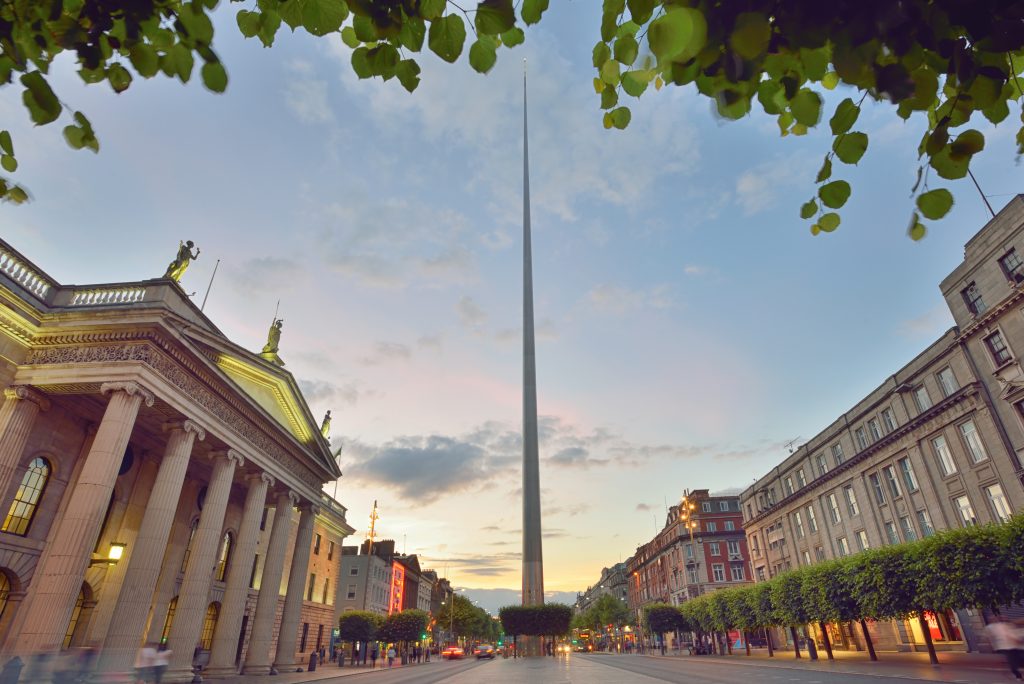
Since 2016, Dublin started a plan to become a very sustainable city in order to set an example to other major cities in Europe. So far the results are showing good results and this has been reflected in the survey data, which shows that the city is ranked eighth in the top 10.
Among other things, the city is working on the construction of green structures, the use of green energy, better control of waste and energy consumption, as well as a social role in which every citizen has a part to play.
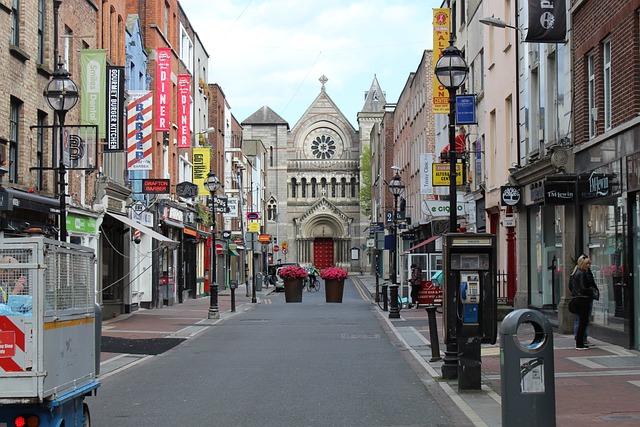
Dublin has one of the highest costs of living in Europe due to high prices for most services and items that can be paid for in everyday life.
Rents are higher than in other regions of Europe and even shopping and eating out is more expensive than average.
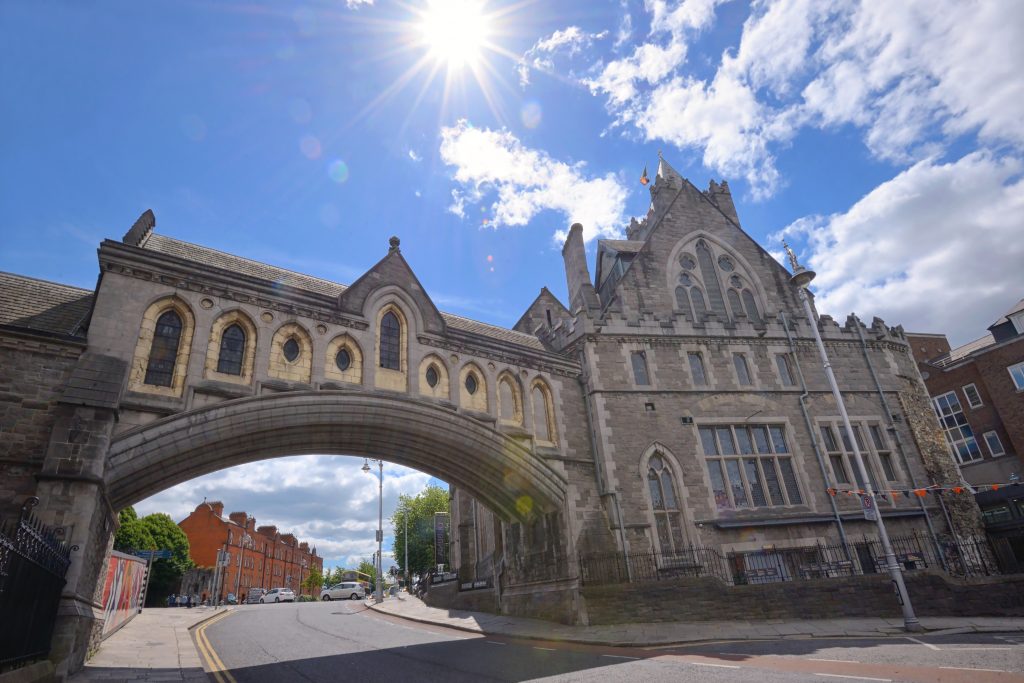
The city has a long tradition of theatre, with long-established theatre companies having performed all kinds of plays. The same is true of music, which is a type of cultural activity that can be enjoyed all year round.
Dublin was chosen by UNESCO as the city of literature because of the large number of writers who have come out of it and the presence of many specialised museums, such as the National Print Museum of Ireland. But there are many other types of museums with all kinds of themes that are worth exploring.
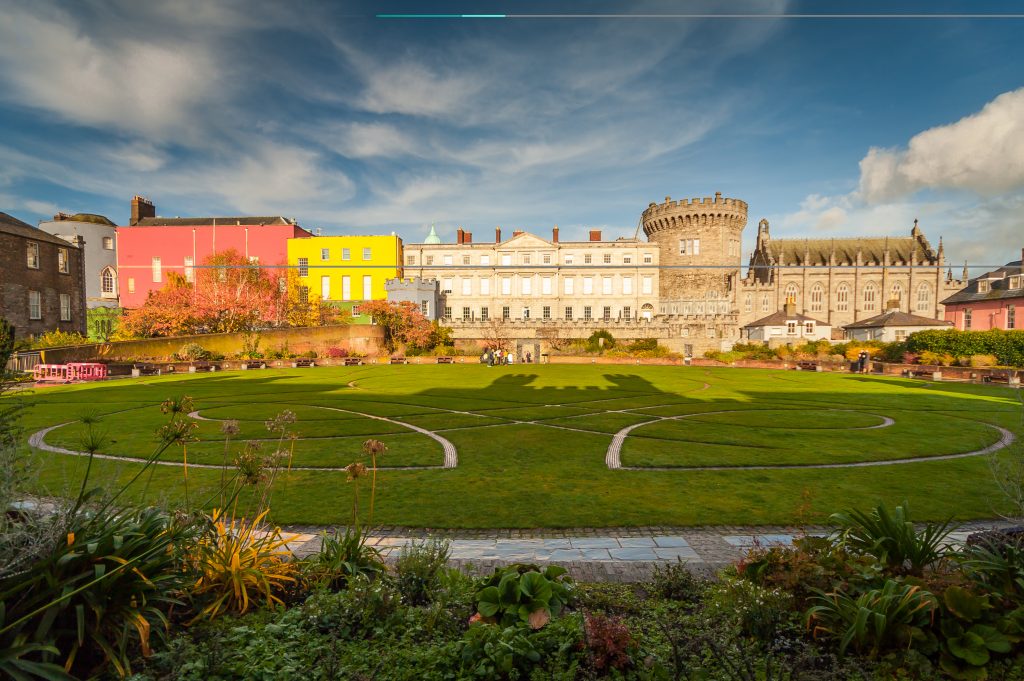
It is advisable to take the children at least once to Dublinia, a place where the way of life in the past is recreated. Other highlights include Dublin Zoo and The Ark Cultural Centre, where there are many activities for young people.
For other activities, St Stephen’s Green Park and Phoenix Park are recommended for relaxation, and the city centre for shopping. In the top 10 of Europe’s top cities for leisure, Dublin is in tenth place, backed also by its well-known tradition of street music and pubs.
